
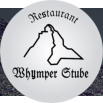
mehr


Whymper-Stube
Bahnhofstrasse 80 - 3920 Zermatt
+41 (0) 27 967 22 96 - info@whymper-stube.ch
täglich / daily / quotidien: 15.00 - 23.00
As far as we have been able to find out, the
“Whymper-Stube“ has been in existence since
the beginning of the 1960s. Before that, the room
in which the restaurant is still located today
belonged to the Hotel Monte Rosa and was
directly connected to the hotel. The rear section of
the restaurant, where the coat of arms of the
Seiler-Cathrein family can still be seen today, was
used as the dining room of the Seiler family for
many years. Before that, it was reportedly the room
in which the mountain guides waited to meet their
clients.
WHYMPER STUBE
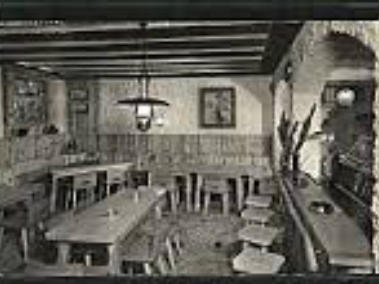
EDWARD WHYMPER
On a beautiful June day in 1862 a young, scruffily-
dressed Englishman strode up the valley on the old
mule track along the banks of the river Vispa.
When he had rounded the last bends in the path
from Täsch to Zermatt and emerged from behind a
rock promontory, he saw the Matterhorn for the
first time. It is said that he stood there spellbound
by the mountain, gaping in astonishment. From
that day on, he had only one thought on his
mind: to climb that mountain.

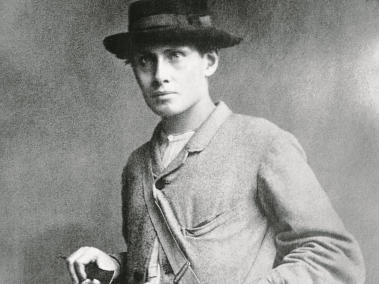
After that, Edward Whymper eagerly came back
to Zermatt summer after summer to practise on the
mountain, and always stayed at the Hotel Monte
Rosa, where all the early climbers used to stay.
Then finally, on 14 July 1865, thanks to his iron
will and perseverance, he succeeded in
becoming the first person to conquer the
Matterhorn.
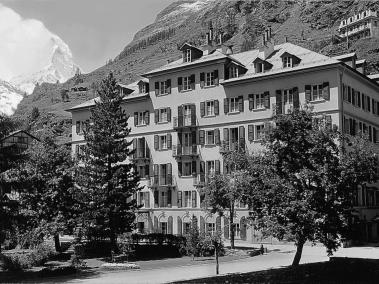
Many climbers had tried to reach the summit of the
Matterhorn, but none had succeeded, either from
the Italian side or from the Zermatt side.
Edward Whymper was the first to reach the
summit. Following behind him were Michel Croz, a
mountain guide from Chamonix, the Reverend
Charles Hudson, Lord Francis Douglas, Douglas
Robert Hadow (all from Great Britain) and the
Zermatt mountain guides, Peter Taugwalder
(father) und Peter Taugwalder (son).
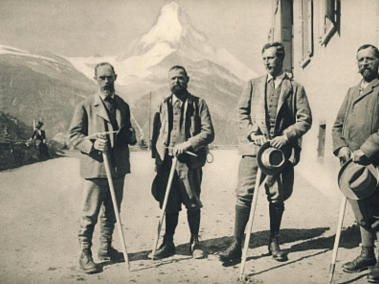
On the climb down, the leading four of the roped
party of seven (Croz, Hadow, Hudson, Douglas)
fell from above the “shoulder” of the Matterhorn
down the north face to their deaths. Three of the
dead climbers were retrieved from the Matterhorn
glacier a few days later, but the body of Lord
Francis Douglas has to this day never been found.
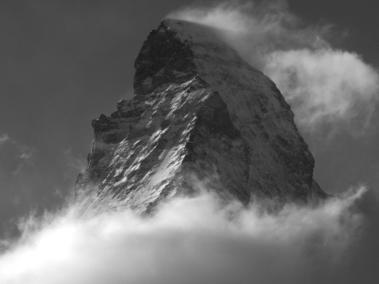
Because of the death of Lord Francis Douglas,
Queen Victoria, the British monarch at that time,
wanted to impose a ban on climbing. She said that
she did not want the precious blood of any more
British noblemen to be squandered on the
Matterhorn. Her demand only further ignited the
curiosity and zeal of British climbers. From then
on, British travellers and climbers came in their
droves to Zermatt to see and climb the
Matterhorn for themselves. This was the
beginning of tourism in Zermatt.
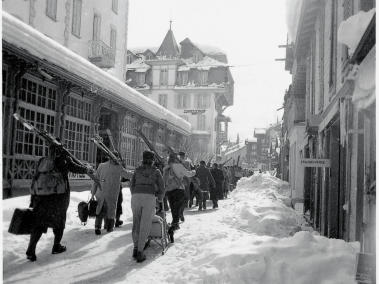


+41 27 967 22 96





